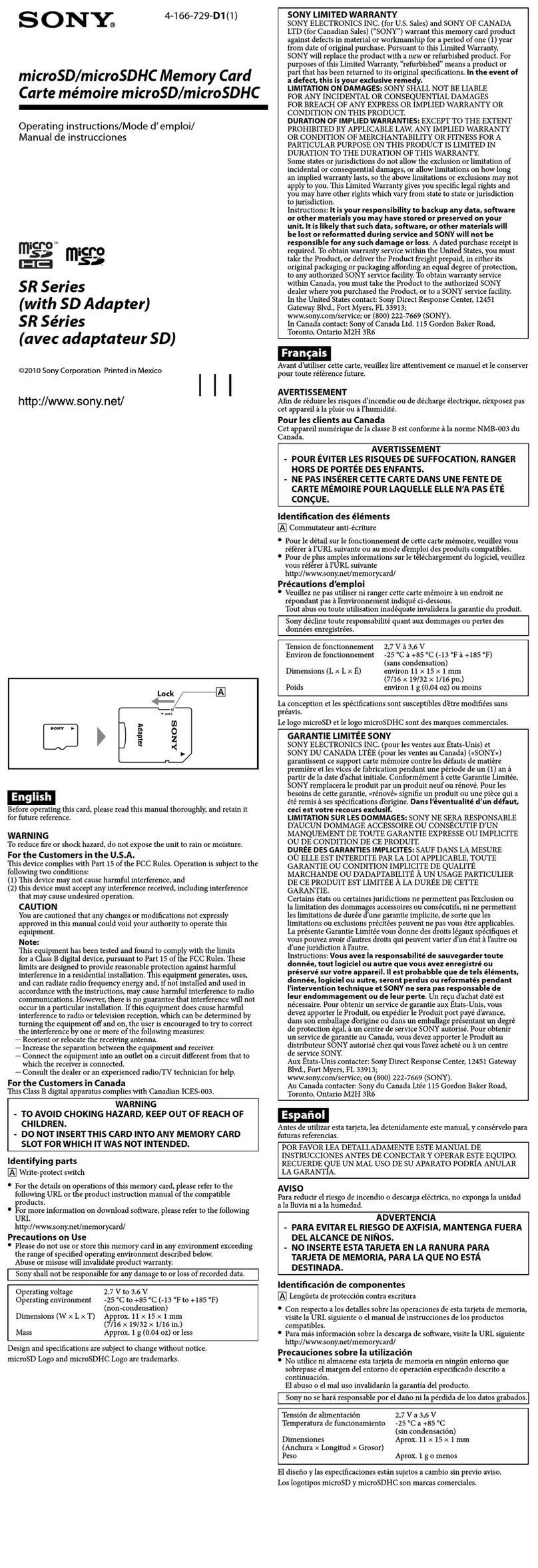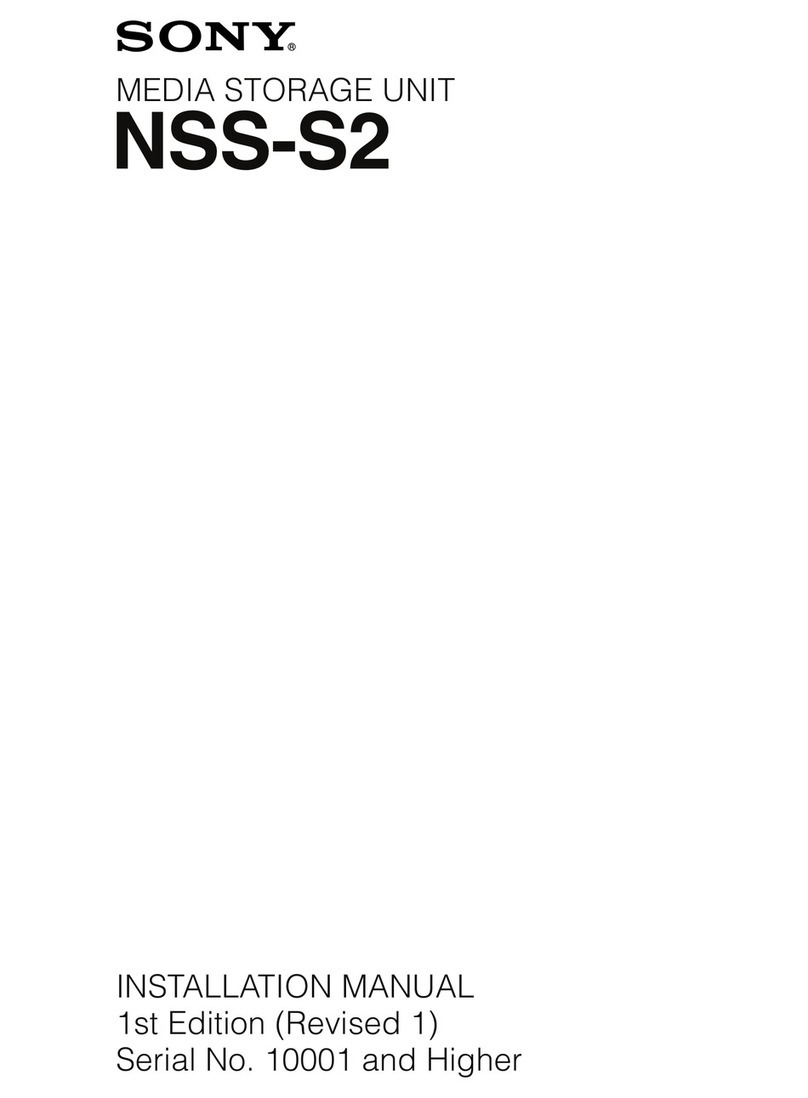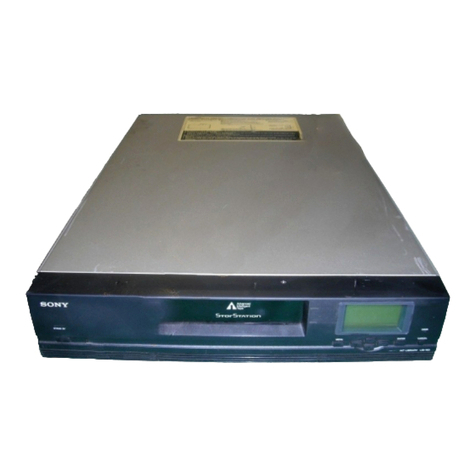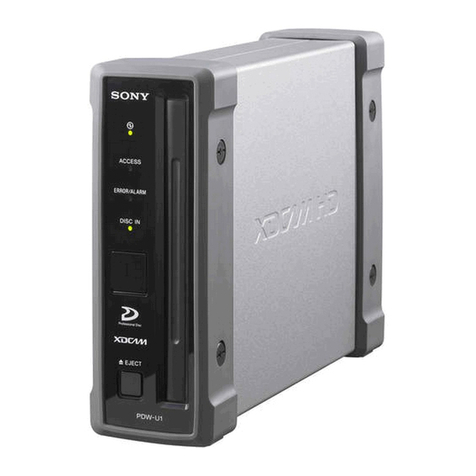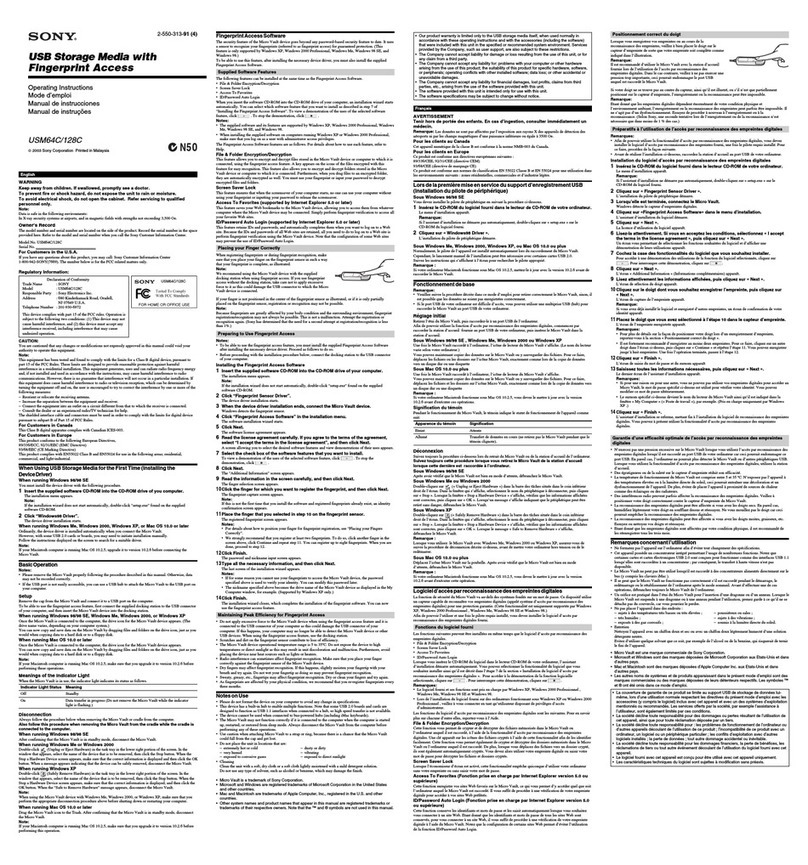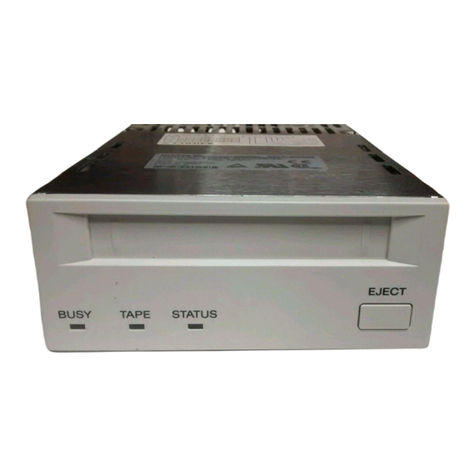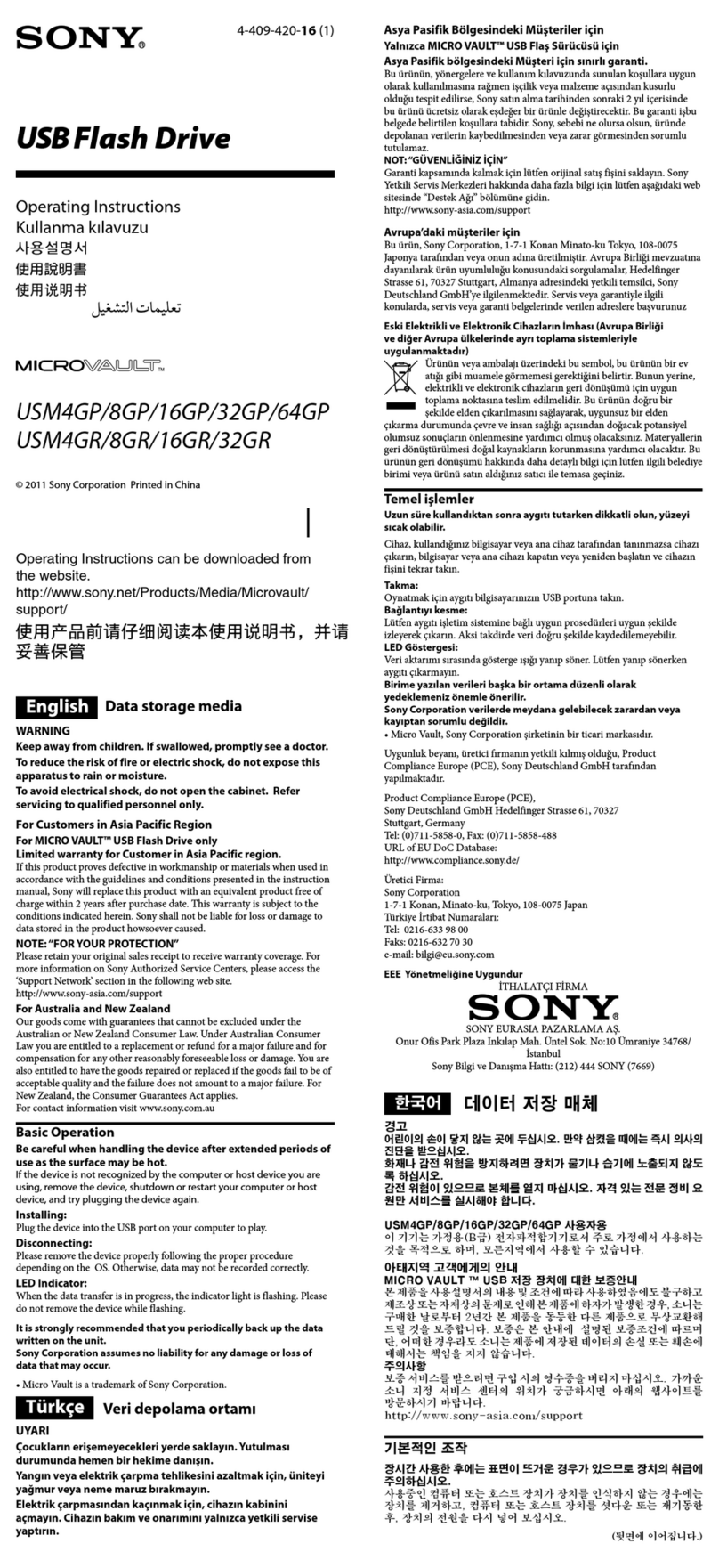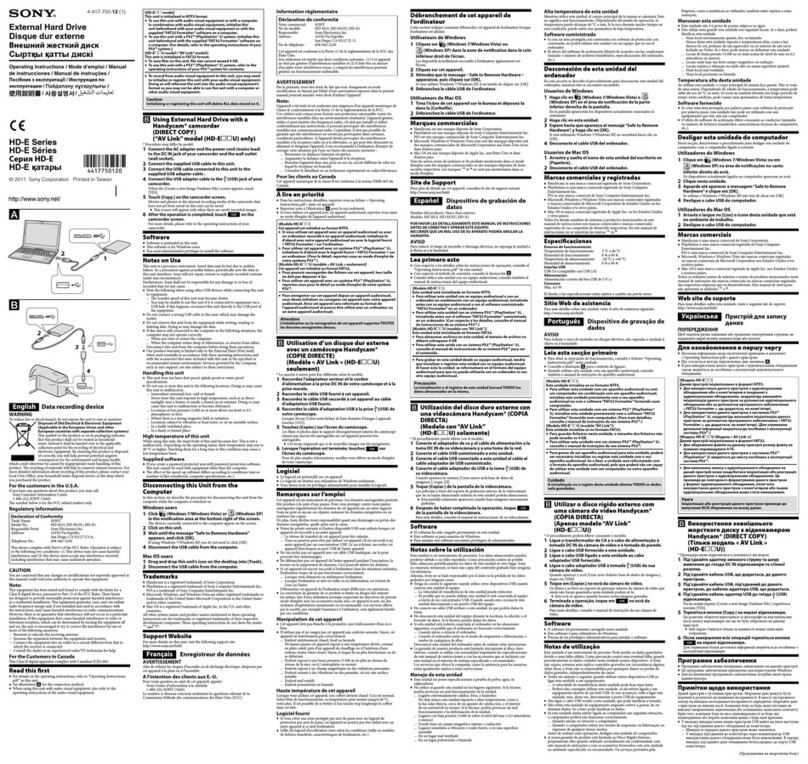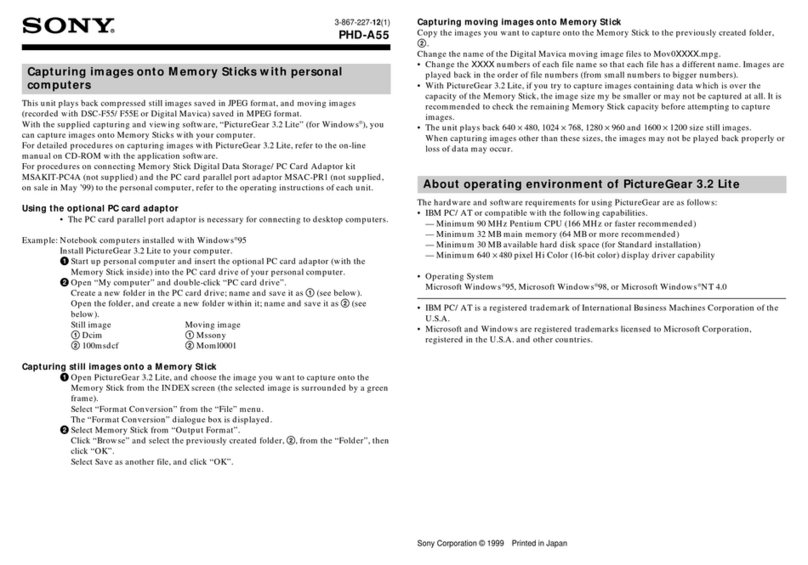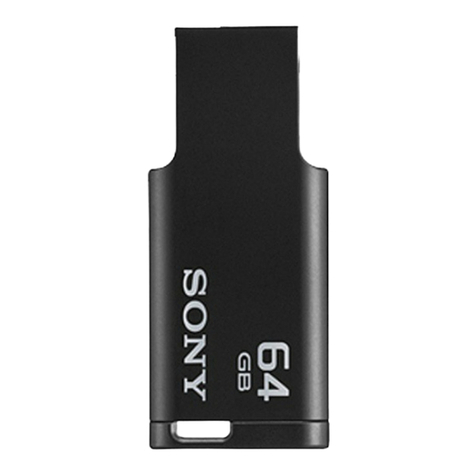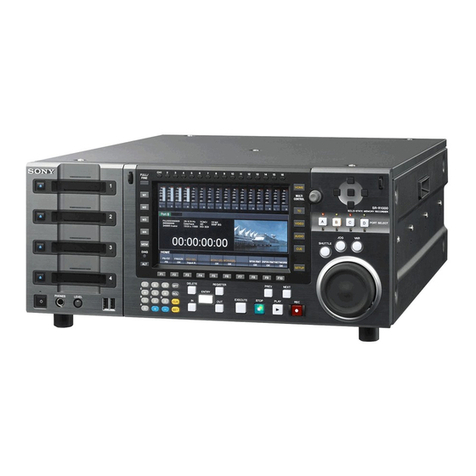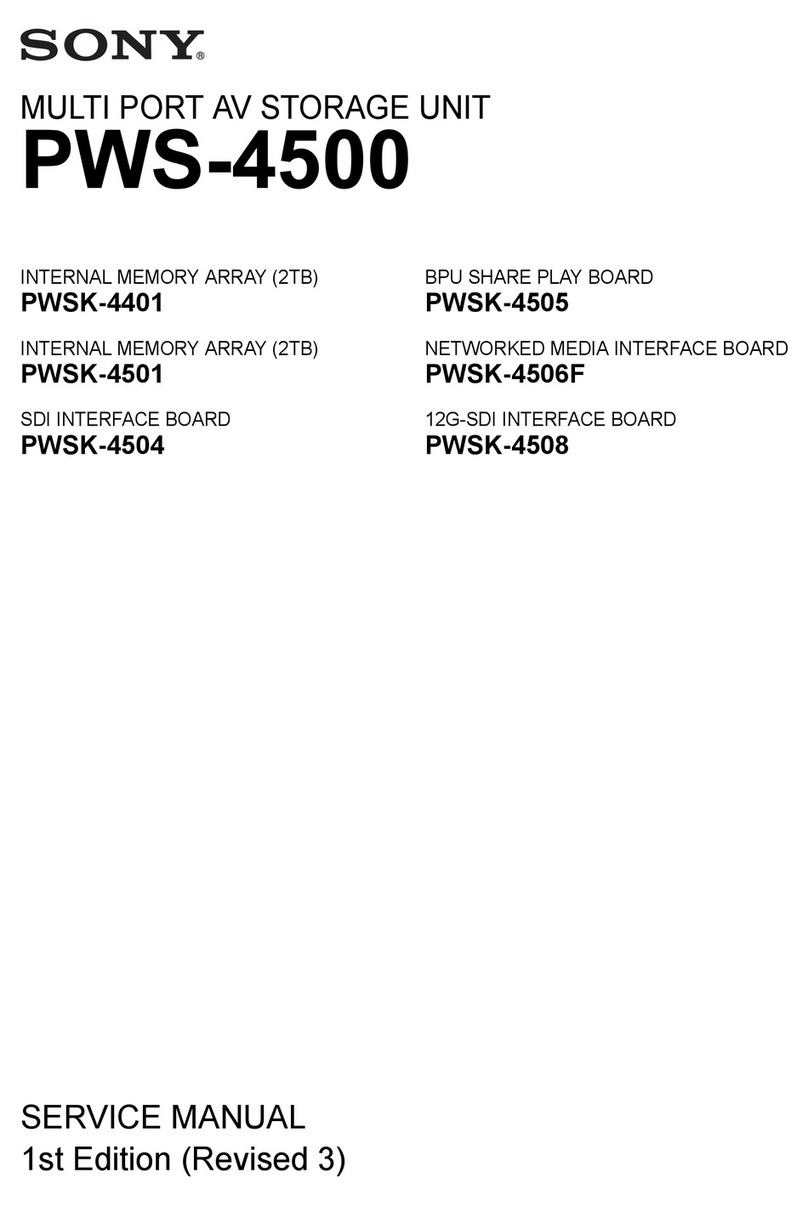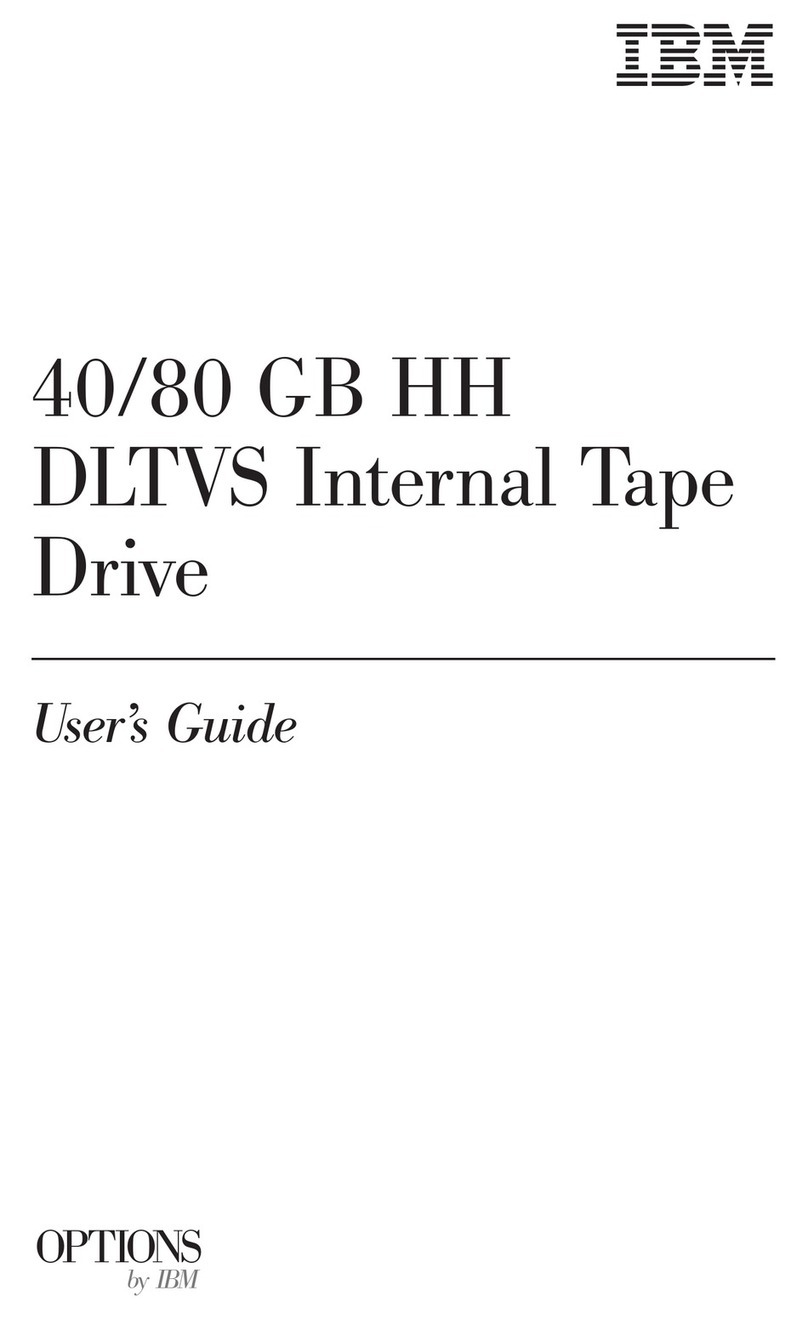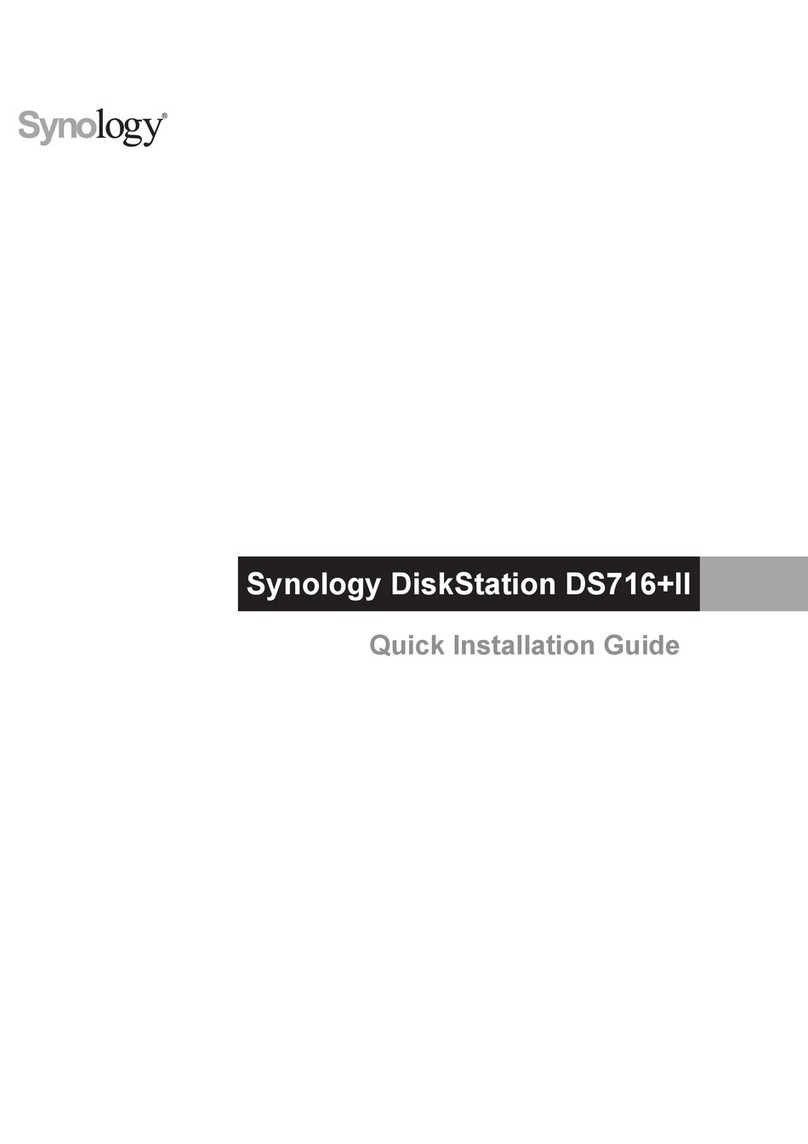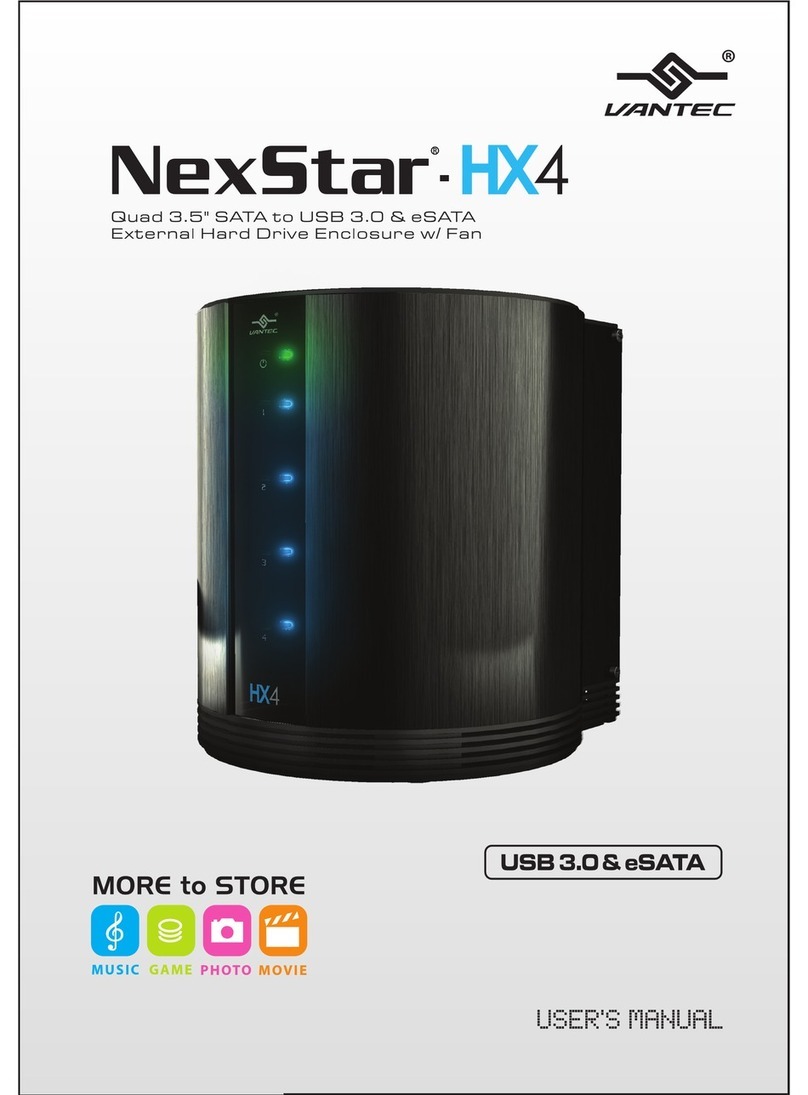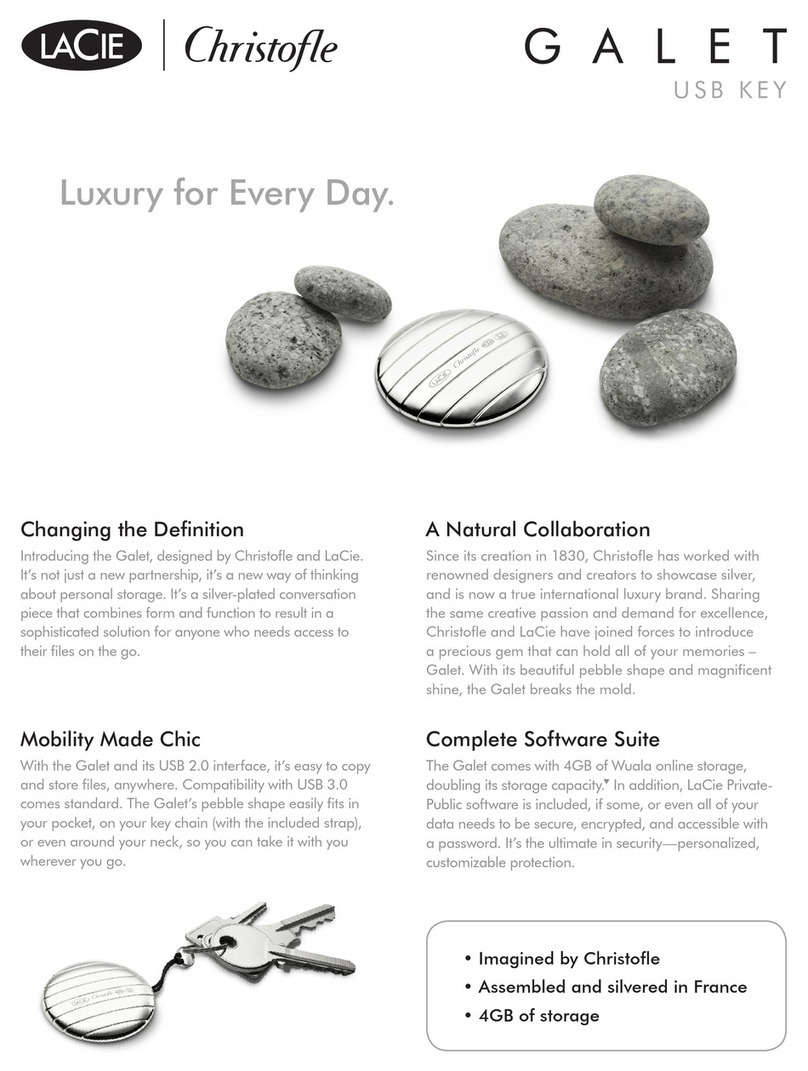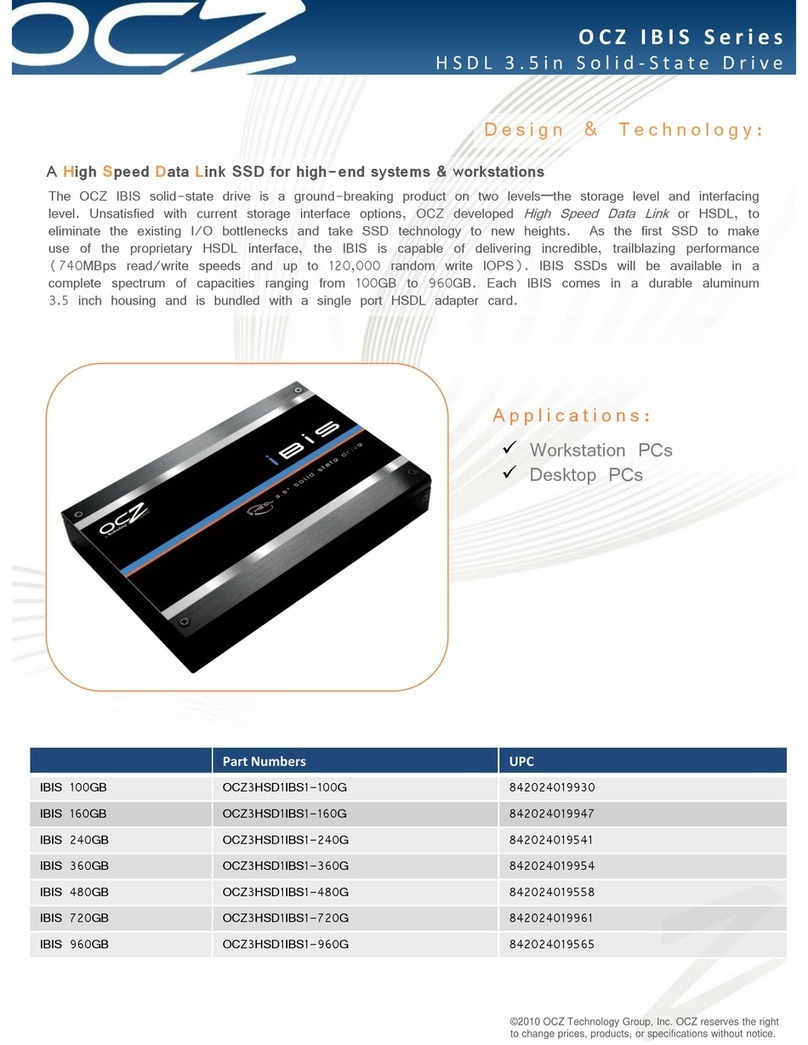
10
5-3. MECHANICAL ADJUSTMENTS
If the offset value is known beforehand, perform the “Offset Value
Registration”.
If not, perform the “Height Adjustment”.
“OffsetValue Check of the Carrier”
Procedure:
1. Set the MODE SELECT knob on the PANEL board to “2” and
turn on the power.
2. “Offset= @@@ step” is displayed on the PANEL board.
“OffsetValue Registration”
Procedure:
1. Remove both sides of the panels and top panel.
2. Set the MODE SELECT knob on the PANEL board to “2” and
turn on the power.
3. The currently set offset value will be displayed.
4. Press the DISP button on the SERVICE board to display
“CA=000[CS?0000]”.
5. Press the ELVUP or ELVDWN button to display the offset
value. (*Note 1)
6. Press the ENTER button and register the offset value.
7. The registered offset value will be displayed as “Offset= @@@
step”.
8. Turn off the power and attach the side panels and top panel.
*NOTE 1:
The offset value will be displayed as follows. (Only when the reset
position has not been detected.) :
CA?000[CS=@@@@] :
+2 : 0002
+1 : 0001
0 : 0000
–1 : 5535
–2 : 5534
:
:
“Height Adjustment”
Outline:
Perform this adjustment when:
• The disc case assembly has been replaced.
• The carrier assembly has been replaced.
• “Grip Err.” and “Return Err.” occur frequently.
• “Grip Retry” and “Return Retry” occur frequently.
Tools:
Part. No Description
J-2501-118-A CDL1100 Height adjusting tool
Preparation:
• Remove the top panel, and left and right side panels.
Do not remove the wire connected to the front panel.
• Check that the disc is not protruding out of the disc case.
• Check that the disc is not positioned over both the disc case and
carrier. If it is, refer to troubleshooting and remove the disc.
• Remove the discs from slots 96, 80 and 56.
Procedure:
1. Set the MODE SELECT knob on the PANEL board to “2” and
turn ON the power.
2. The offset value set will be displayed.
3. Press the ENTER button on the SERVICE board, and execute
reset position detection.
4. The display panel shows “[CA?100]CS=1200”.
5. Press the 100 , 10 , 1 buttons and input the absolute address
200 (96th SLOT position) .
Set the display panel to [DA=200]CS=1200, press the ENTER
button, and move the carrier.
6. The display panel shows “[CA?200]CS=2400”.
7. Press the CLIPOUT button, and move the clip to the release
position (near the rear panel) .
8. Set the tool on the carrier. Make sure that the tool does not tilt or
adjustments will not be accurate.
9. Slide the tool to the edge of the carrier assembly of the disc case
side.As the limiter (disc) will come in the way, pull the tool with
your hand and let it pass through.
10. Press the DISP button on the SERVICE board. The display
panel will display “CA?200[CS=2400]”.
11. Press the tool vertically from the top very lightly, and slide the
tool to and fro along the groove on the right side of the carrier
assembly.
Check if the tool gets caught at the rib on the right side of the
disc case.
12. Press the tool vertically from the top very lightly, and slide the
tool to and fro along the groove on the left side of the carrier
assembly.
Check if the tool gets caught at the rib on the left side of the disc
case.
13. Perform procedure 11 and 12. If the tool gets caught at both
sides, press the ELVUP button on the SERVICE board once to
raise the carrier by one step, and repeat from procedure 11. If
the tool is able to slide without getting caught at either side,
press the ELVDWN button on the SERVICE board to lower the
carrier by one step.
14. When the ENTER button on the SERVICE board is pressed,
“Offset=A step” will be shown on the display panel. Note down
the A value.
15. Press the ENTER button on the SERVICE board and execute
reset position detection.
16. The display panel will show “[CA?100]CS=1200”.
17. Press the 100 , 10 , 1 buttons and input the absolute address
184 (80th SLOT position).
Set the display panel to [DA=184]CS=1200, press the ENTER
button, and move the carrier.
18. The display panel shows “[CA?184]CS=2208.
19. Press the DISP button on the SERVICE board.
The display panel will show “CA?184[CS=2208]”.
20. Press the tool vertically from the top very lightly, and slide the
tool to and fro along the groove on the right side of the carrier
assembly.
Check if the tool gets caught at the rib on the right side of the
disc case.
21. Press the tool vertically from the top very lightly, and slide the
tool to and fro along the groove on the left side of the carrier
assembly.
Check if the tool gets caught at the rib on the left side of the disc
case.
4
”
